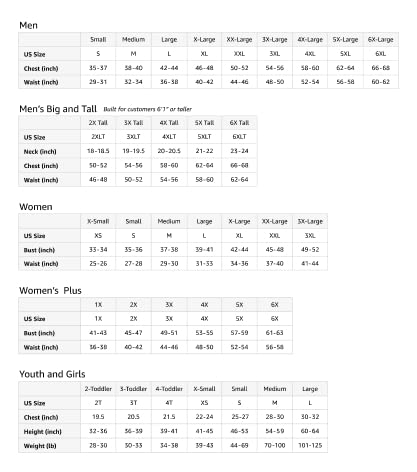Price
Tranquille for Seniors
The current economic climate has undoubtedly brought about significant challenges for businesses across various sectors. As the world continues to navigate the complexities of the pandemic, organizations have had to adapt their strategies and operations to remain resilient and competitive. One of the key areas that has seen a notable shift is the way companies approach their workforce management.
Adapting to the new normal, many businesses have embraced remote work as a viable and effective solution. This shift has not only allowed for continued productivity but has also presented a unique opportunity to reevaluate traditional work structures and practices. Employees, in turn, have experienced a newfound sense of autonomy and flexibility, often reporting higher levels of job satisfaction and work-life balance.
Alongside the benefits of remote work, however, comes the challenge of fostering a cohesive and collaborative work culture. Maintaining effective communication, team-building, and employee engagement have become crucial priorities for organizations. Leaders have had to explore innovative ways to keep their teams connected, motivated, and aligned, even in the absence of physical proximity.
Technological advancements have played a crucial role in facilitating this transition. Cloud-based collaboration tools, video conferencing platforms, and project management software have become essential components of the new work paradigm. These tools have enabled seamless information sharing, real-time coordination, and the preservation of the sense of community within distributed teams.
Furthermore, the pandemic has accelerated the adoption of automation and artificial intelligence (AI) in various business processes. From streamlining administrative tasks to enhancing customer service, the integration of these technologies has helped organizations optimize their operations and improve efficiency. As a result, employees have been able to shift their focus to more strategic and value-added activities, further enhancing the overall productivity and competitiveness of the organization.
Amidst these transformations, the role of human resources (HR) has become increasingly vital. HR professionals have had to navigate the complexities of employee well-being, talent management, and organizational culture in the new work landscape. Strategies such as regular check-ins, virtual team-building activities, and personalized learning and development opportunities have become essential in supporting employees and maintaining a thriving work environment.
As the world continues to evolve, the ability to adapt and innovate will be the key differentiator for businesses. Those organizations that embrace the changes and proactively address the challenges presented by the current economic climate will be better positioned to thrive in the years to come. By leveraging technology, fostering a culture of collaboration and resilience, and prioritizing the well-being of their workforce, companies can navigate the path forward with confidence and emerge stronger than ever.
product information:
| Attribute | Value |
|---|










